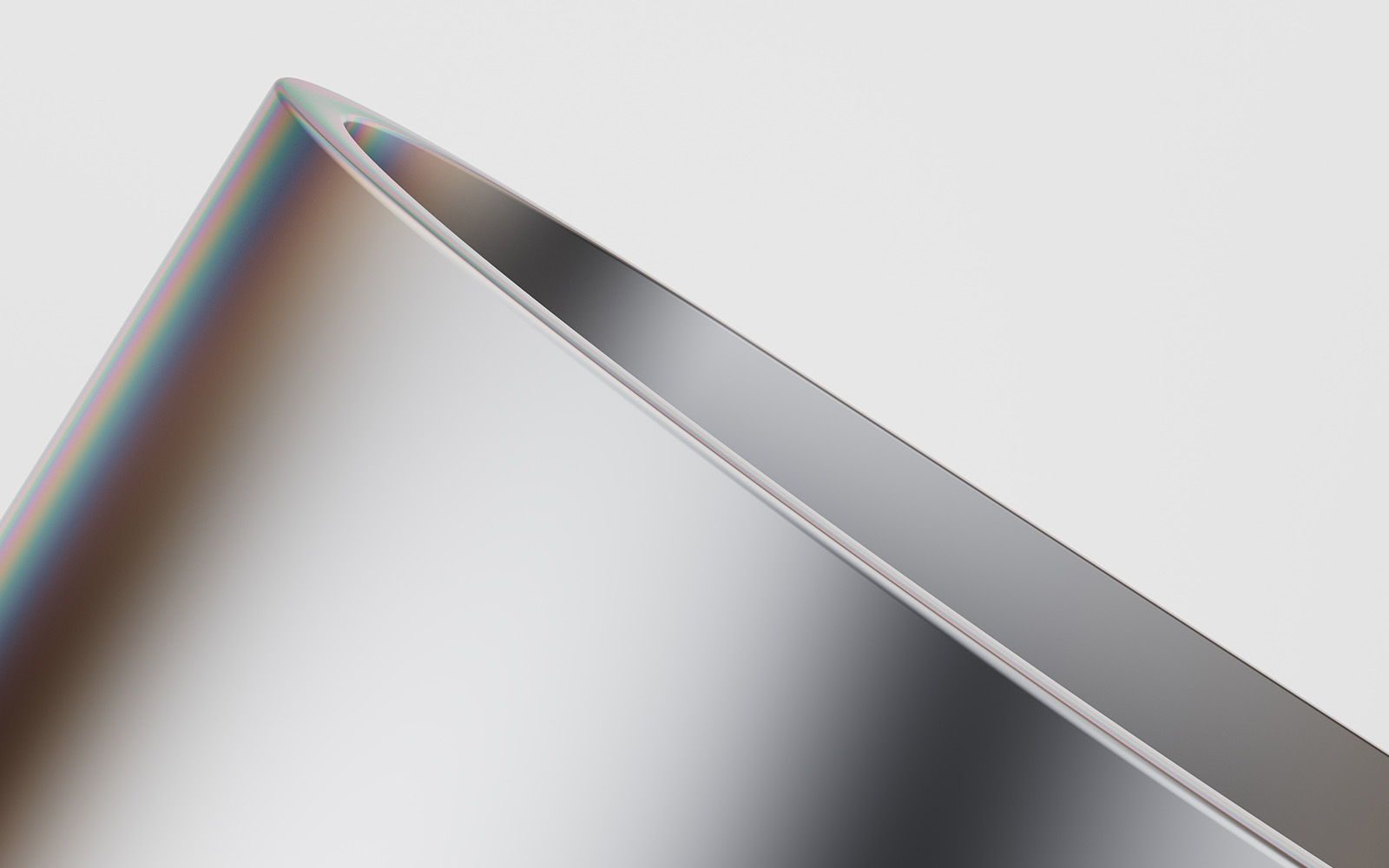There’s a careful balancing act involved in building aircraft components—they need to be strong and safe, while staying light to maximise fuel efficiency. At around one-third the weight of steel, aluminium alloys have become the go-to choice for this tough ask thanks to their remarkable strength and lightweight resilience.
Another advantage of aluminium alloys is that they can be manufactured using selective laser melting (SLM), a method akin to 3D printing. SLM allows manufacturers to fabricate intricate metallic components with complex geometries. However, SLM can stumble when working with specific alloys such as Al7000, a blend of aluminium, zinc and magnesium commonly used in aeroplane manufacturing.
“When the Al7000 series undergoes the SLM process, it often shows signs of cracking, attributed to its inherent microstructure of columnar grains,” said Sharon Nai, a Senior Principal Scientist and R&D Director at A*STAR’s Singapore Institute of Manufacturing Technology (SIMTech). “Such vulnerabilities can compromise the alloy’s strength and durability, which are vital for aerospace use.”
Together with researchers from the Southern University of Science and Technology, China and the Max-Planck-Institut für Eisenforschung, Germany, Nai led a team set on taking Al7000 to new heights by developing an alloy variant that can be produced using SLM. They first formulated a new alloy composition by incorporating elements like scandium and zirconium into the Al7000 alloy. These additions were designed to boost the alloy’s microstructure to minimise the risk of cracking and bolster its mechanical strength.
The team then faced a complex optimisation phase: they had to find the perfect balance of microstructural features, including grain size and the presence of specific phases, to achieve the highest yield strength while maintaining reasonable ductility.
After a comprehensive series of mechanical tests, Nai and colleagues reported a high yield strength of 647 MPa with reasonable ductility of 11.6 percent.
Speaking on the impact of their work on the aerospace engineering and manufacturing sectors, Nai said, “Producing stronger, more resilient components using SLM can revolutionise how we design and manufacture crucial components—potentially leading to lighter, more fuel-efficient aircraft and vehicles.”
With new horizons for their enhanced Al7000 alloy in sight, A*STAR’s researchers are working closely with their industry partner, Proterial, to commercialise this technology while exploring whether a similar approach can be used to tackle similar alloys that have challenged SLM.
The A*STAR-affiliated researchers contributing to this research are from the Singapore Institute of Manufacturing Technology (SIMTech).






